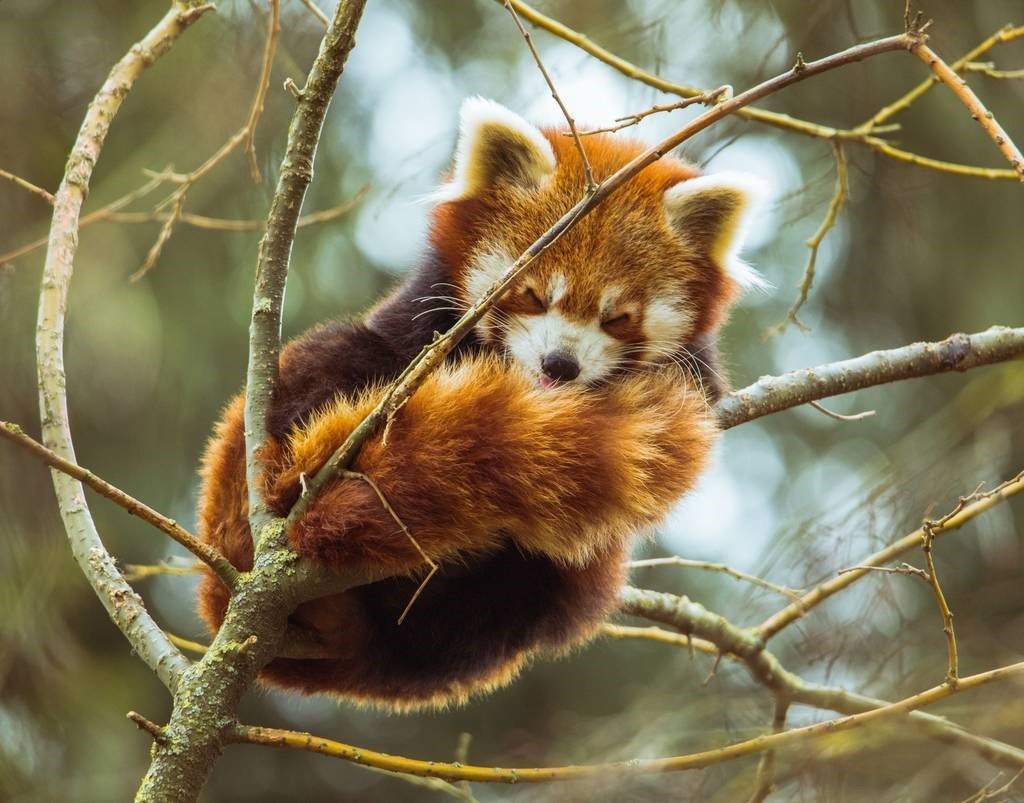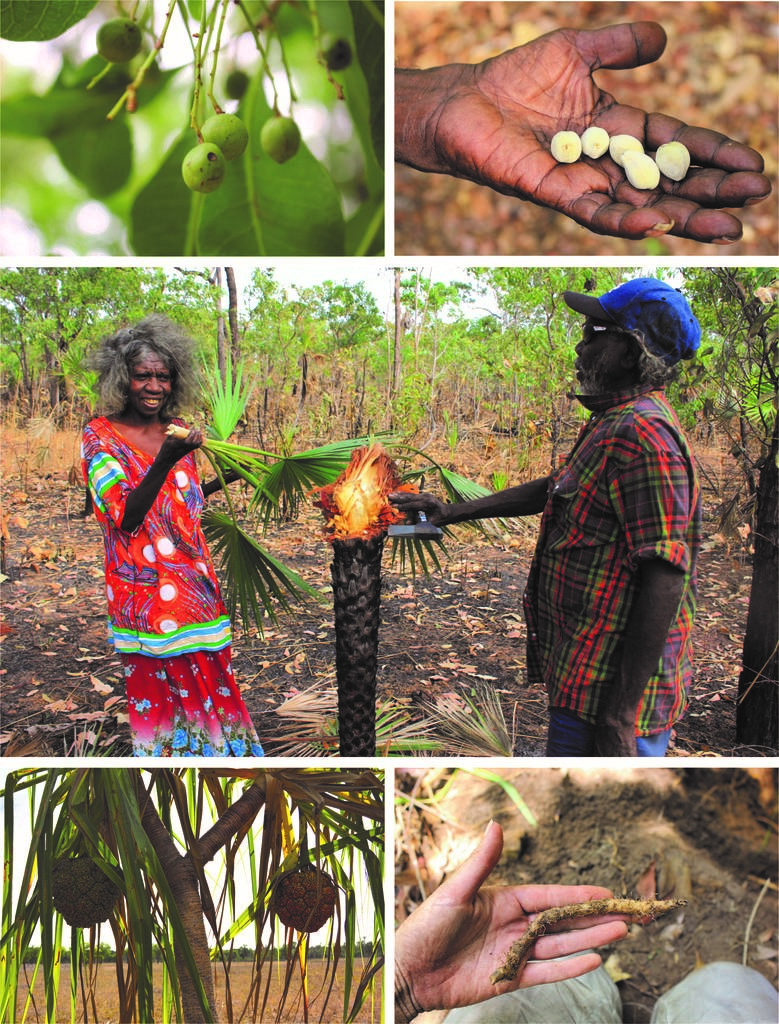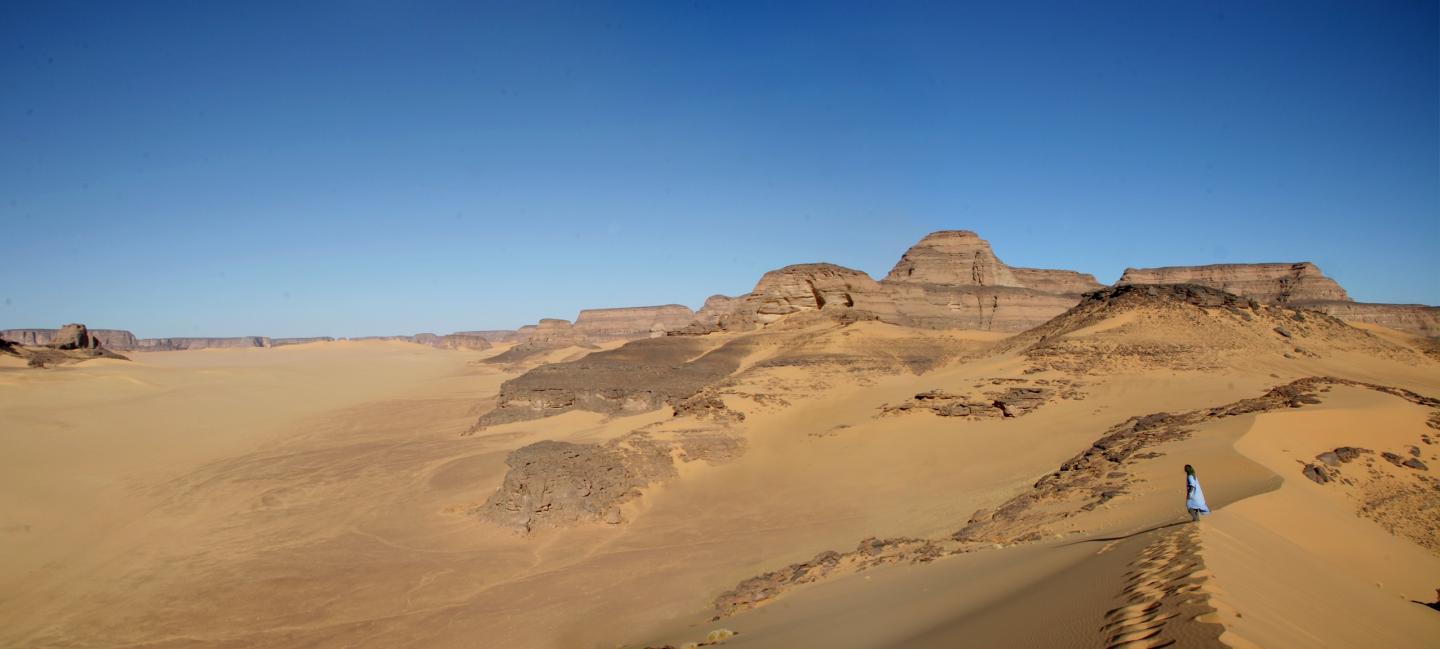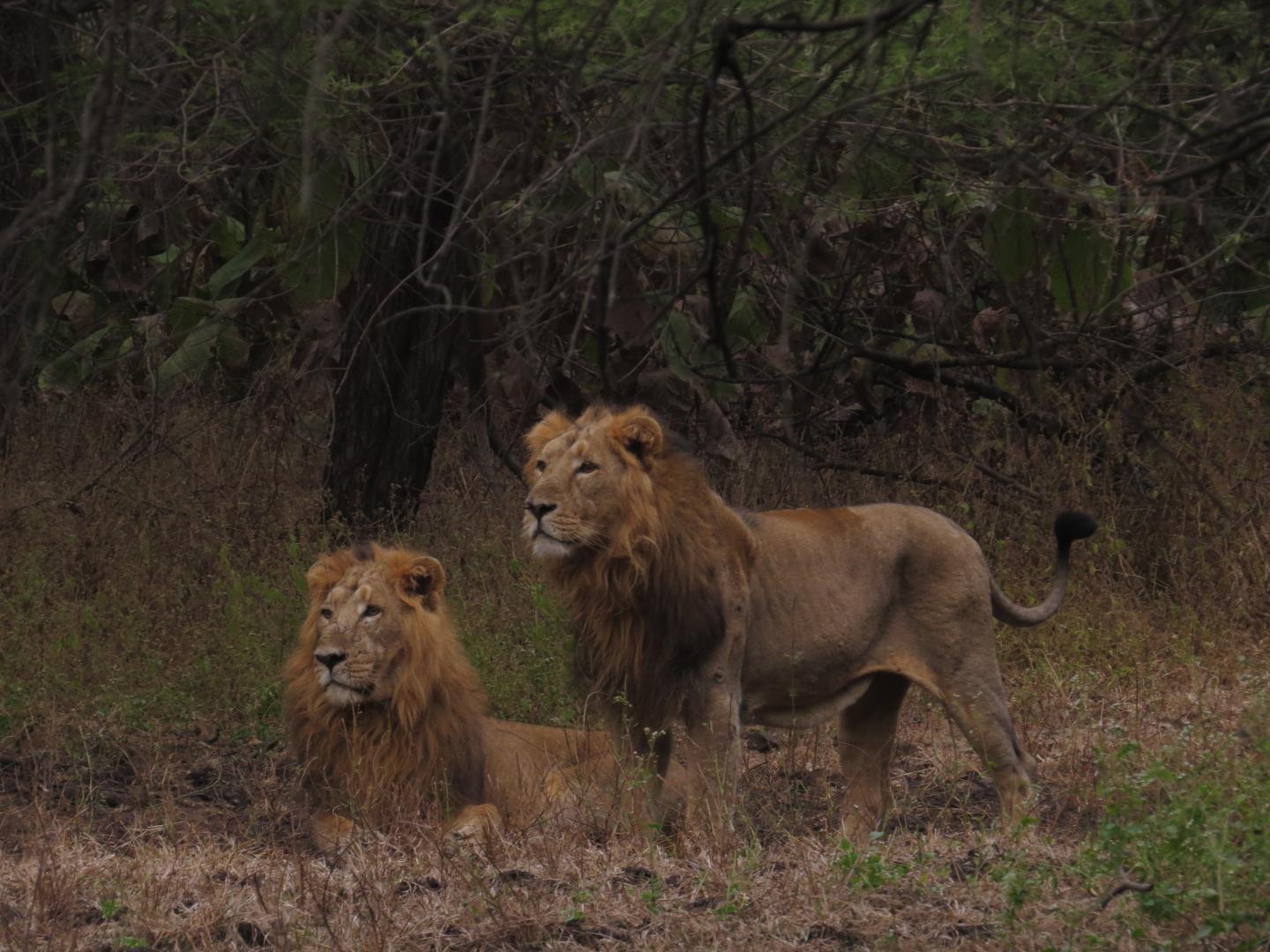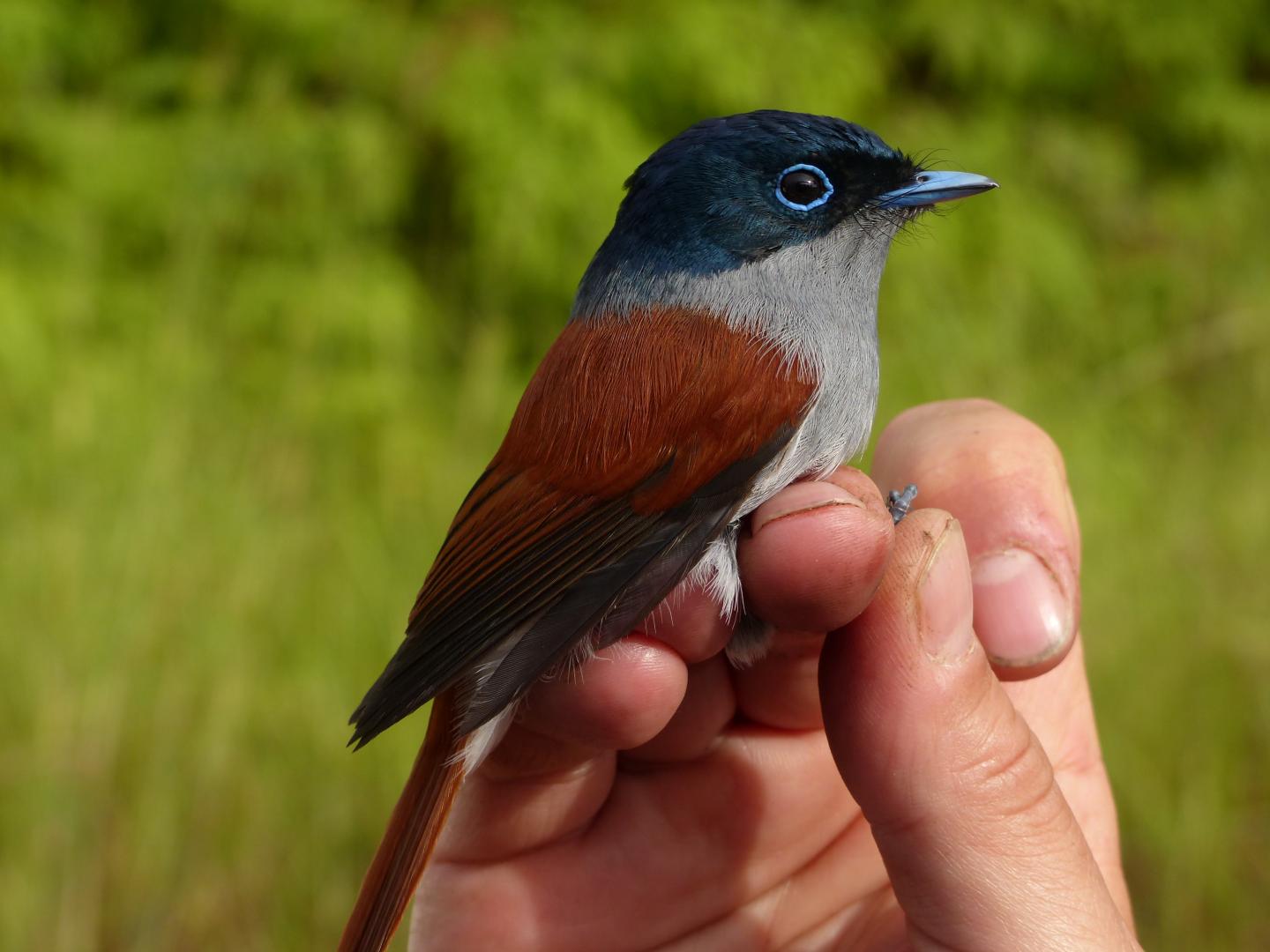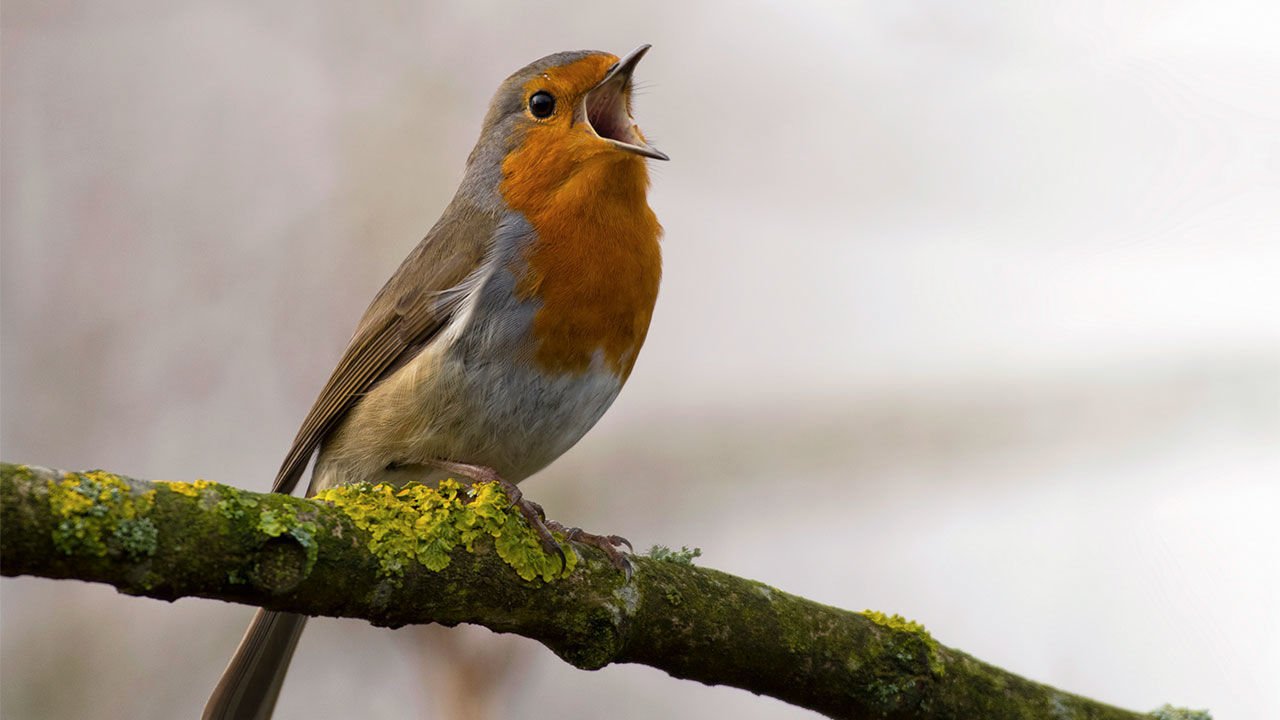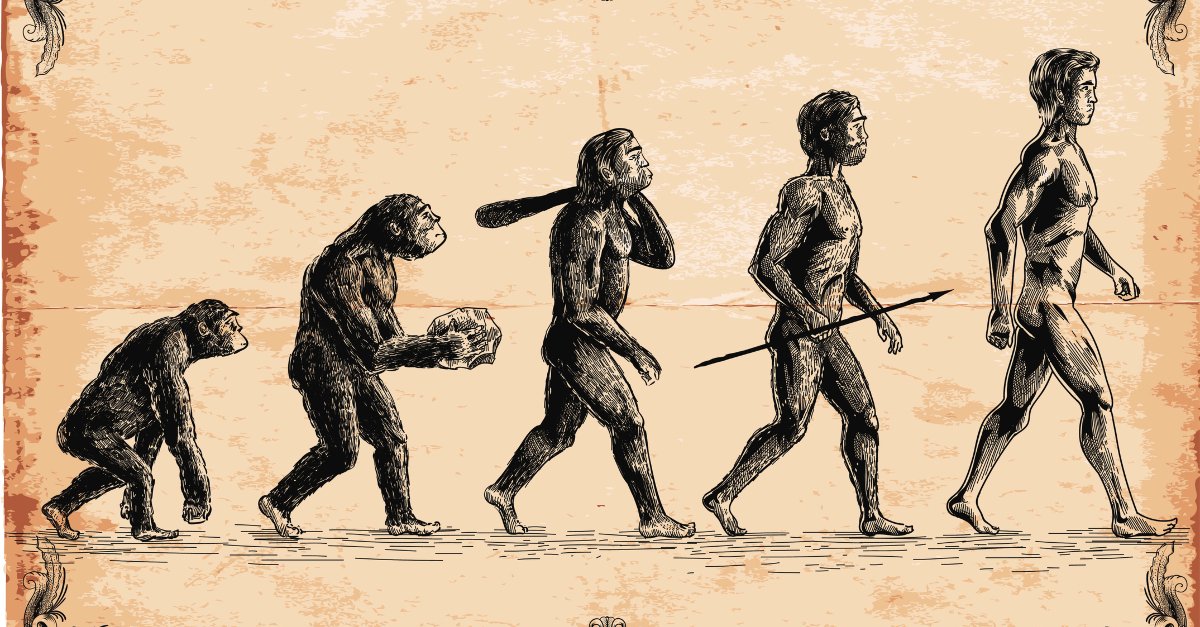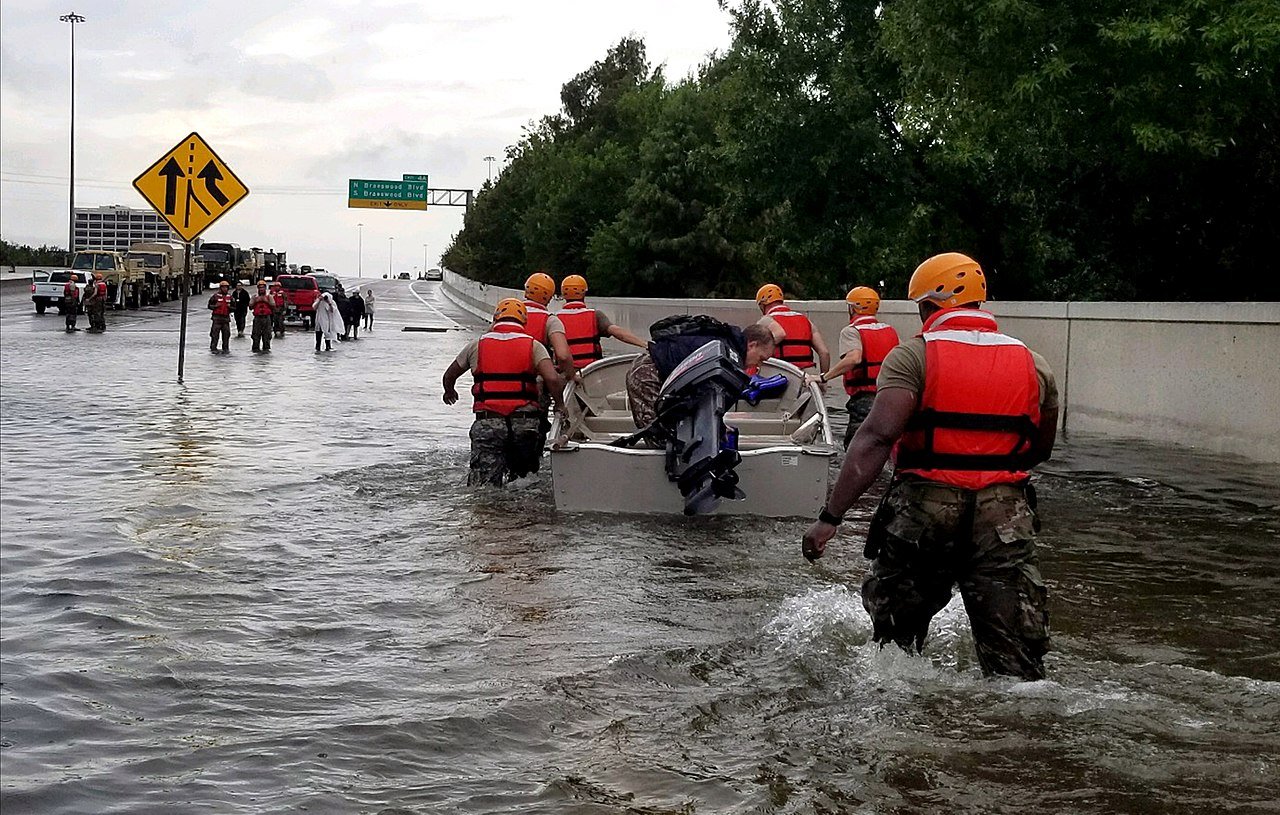We must prioritise the protection of ecosystems
Prioritising and tracking the protection of countries’ ecosystems – from wetlands to reefs, forests and more – is critical to protecting Earth’s biodiversity. That’s the plea from The University of Queensland and the Wildlife Conservation Society’s Professor James Watson, as policy makers from 190 nations prepare to meet in Rome next week to develop the … Read more
